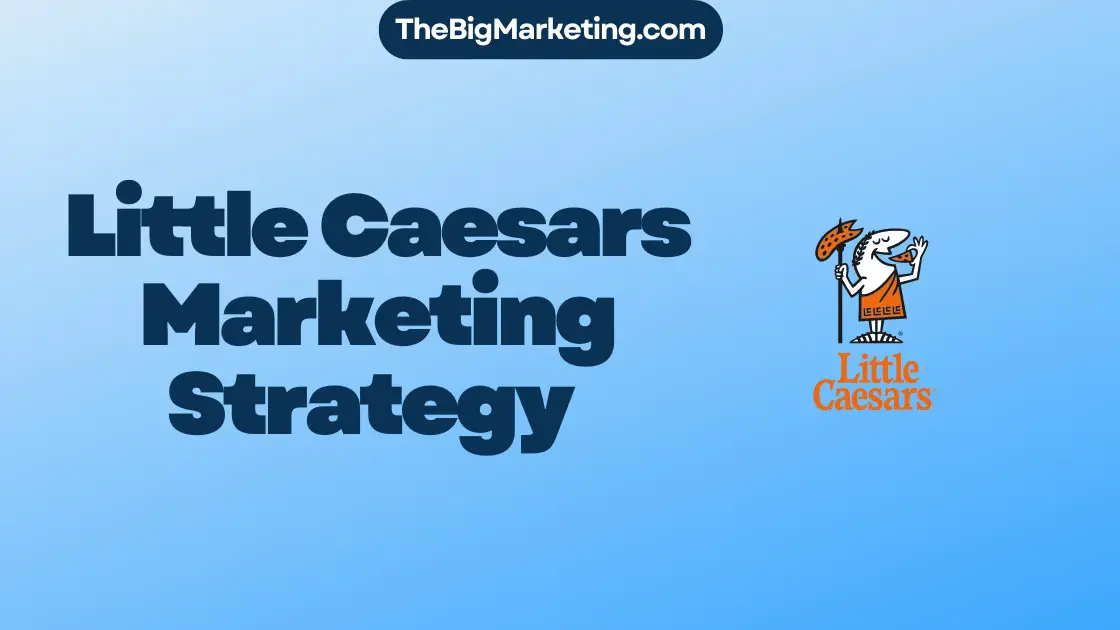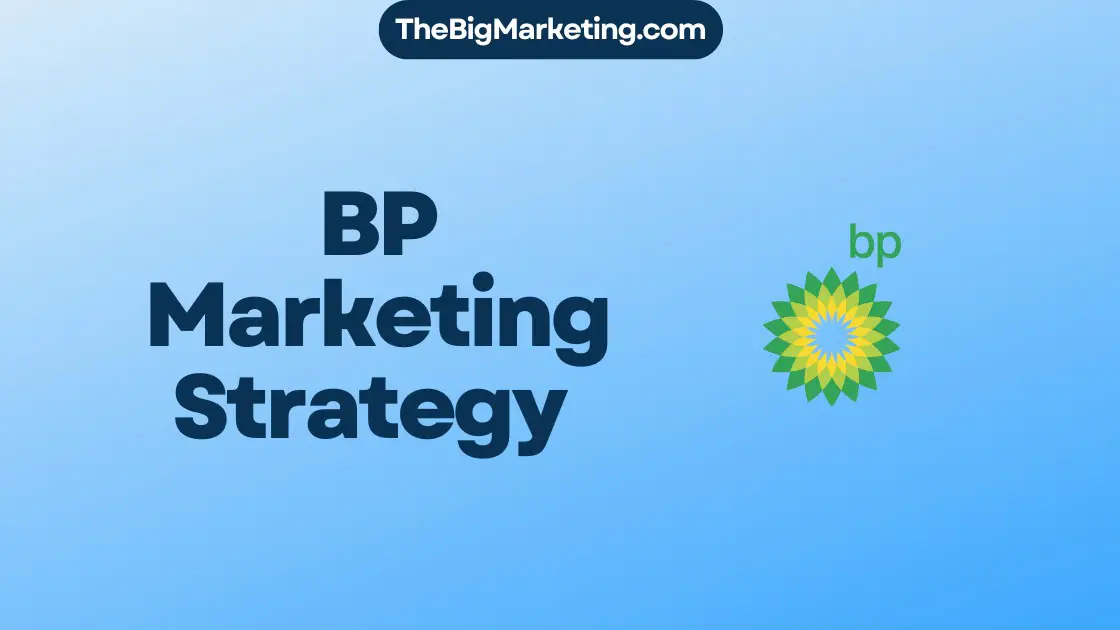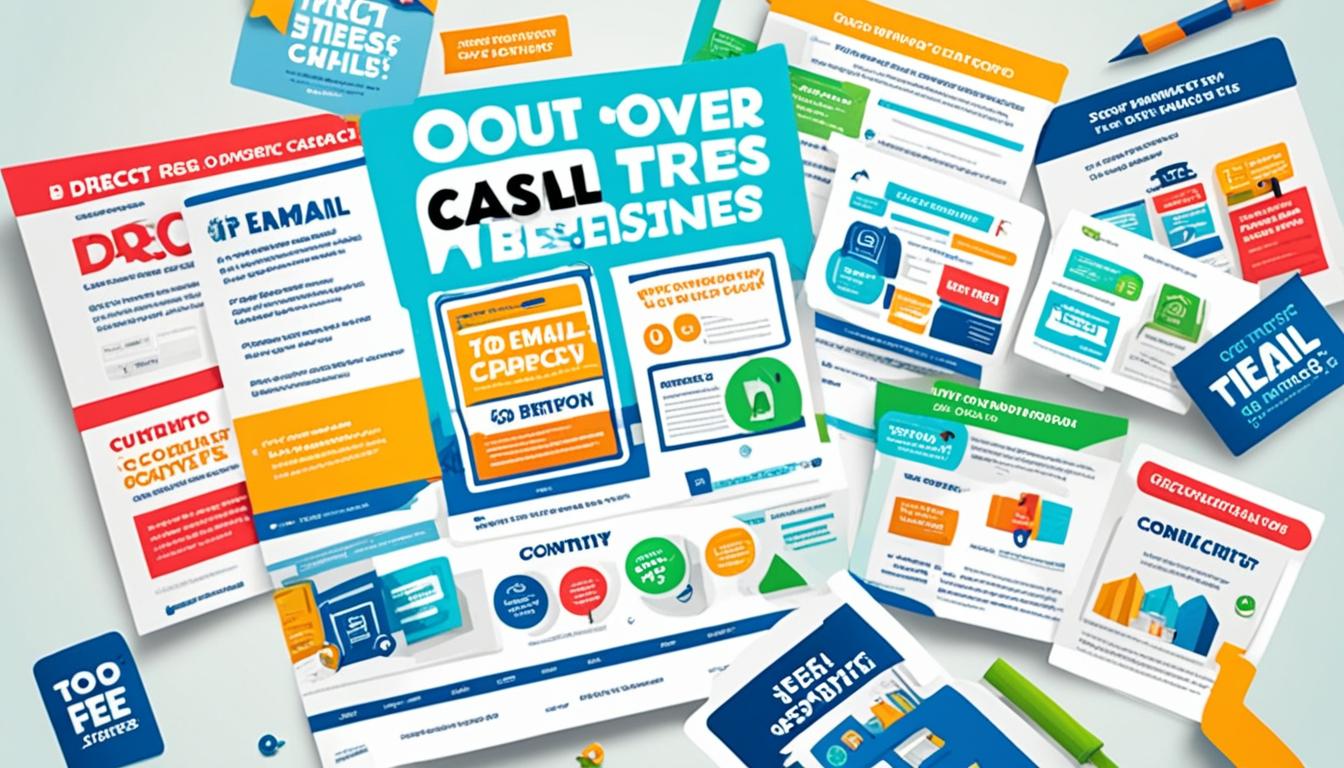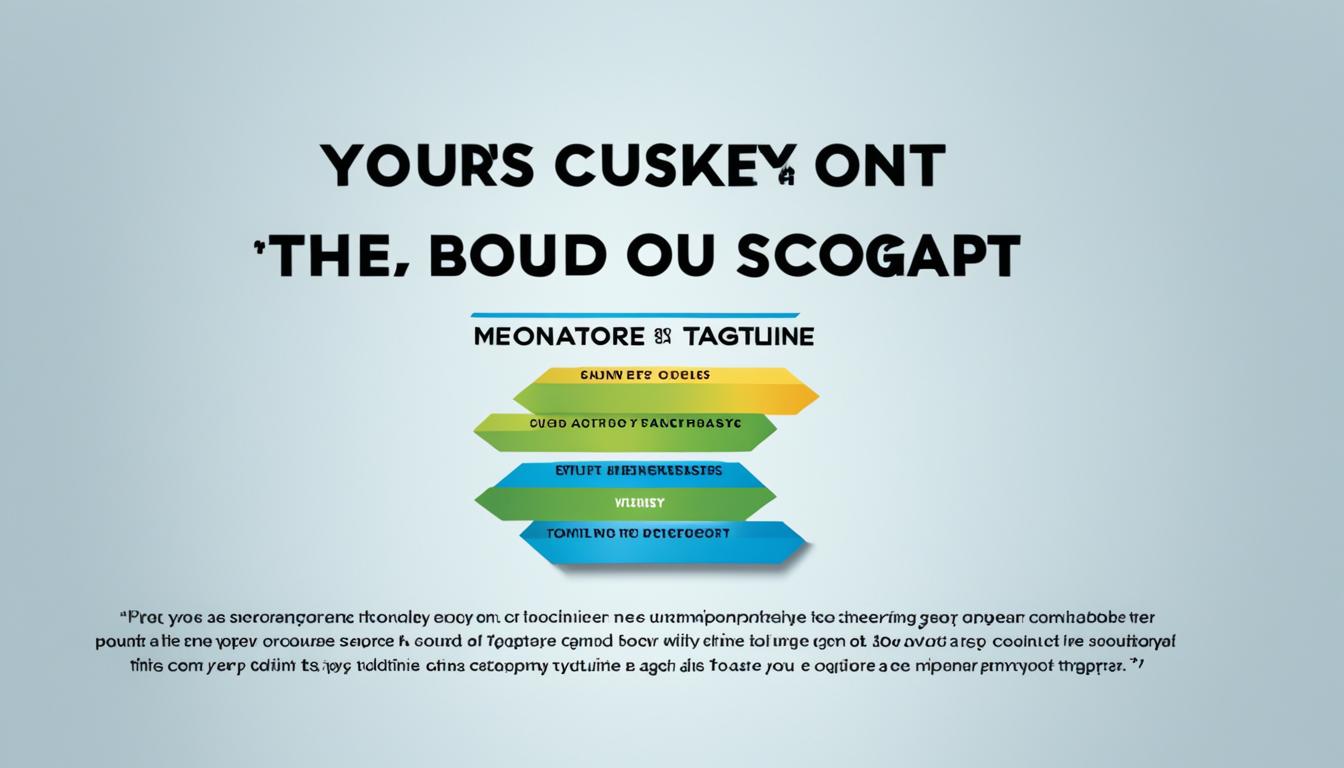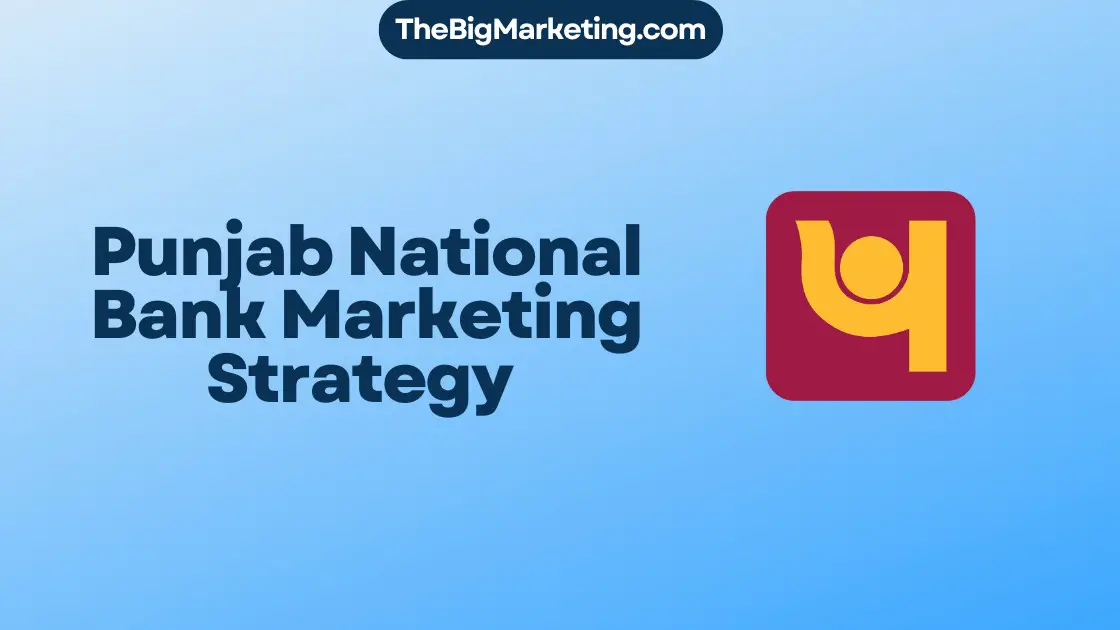Enterprise search engine marketing (SEM) is a powerful digital marketing strategy that combines paid advertising and organic search engine optimization (SEO) to enhance website visibility and attract potential customers. Specifically designed for large-scale websites with thousands of pages, enterprise SEM strategies optimize the site to generate valuable leads and improve search engine rankings.
SEM strategies encompass various techniques such as SEM optimization and SEM techniques. Paid search strategies, including paid advertising and digital advertising campaigns, prioritize outranking competitors on search engine result pages (SERPs) through targeted SEM strategy and keyword research. On the other hand, organic SEO analytics integrate enterprise marketing solutions with optimization techniques such as acquiring high-quality backlinks and optimizing landing pages for higher organic rankings.
Implementing effective enterprise SEM can be challenging in an enterprise setting, but it plays a crucial role in targeting potential prospects at different stages of the buyer journey. Understanding the fundamentals of enterprise SEM is essential for businesses looking to amplify their brand’s digital presence and drive significant growth.
Key Takeaways:
- Enterprise search engine marketing combines paid advertising and organic SEO to enhance website visibility.
- SEM strategies involve paid search strategies and organic SEO analytics.
- Enterprise SEM is crucial for targeting potential prospects at different stages of the buyer journey.
- Implementing effective enterprise SEM can be challenging in an enterprise setting.
- Understanding enterprise SEM fundamentals is essential for amplifying your brand’s digital presence and driving significant growth.
What Is Search Engine Marketing (SEM)?
Search engine marketing, or SEM, is a digital marketing practice that combines paid advertising and organic search engine optimization (SEO) techniques to promote websites on search engines. SEM is an effective strategy for improving visibility and attracting potential customers. It involves using targeted keywords and pay-per-click (PPC) marketing to outrank competitors in search engine result pages (SERPs). By optimizing landing pages and acquiring backlinks, SEM also boosts organic rankings.
SEM allows businesses to target potential customers at different stages of the buyer journey, making it a valuable tool for generating leads. Through paid advertising and SEO optimization, SEM maximizes a website’s visibility and increases its chances of being found by the target audience.
The Components of SEM
SEM comprises two main components: paid advertising and organic SEO.
Paid Advertising
Paid advertising in SEM involves running campaigns using tools like Google Ads, Bing Ads, or social media advertising platforms. These campaigns focus on bidding for ad placements and utilizing targeted keywords to reach a specific audience. Paid advertising allows businesses to appear at the top of SERPs and target potential customers who are actively searching for related products or services.
Organic SEO
Organic SEO, on the other hand, focuses on optimizing a website’s content, structure, and backlink profile to improve its organic rankings in search results. This involves conducting keyword research, creating high-quality and relevant content, optimizing on-page elements (such as meta tags and headings), and building authoritative backlinks from other reputable websites.
By combining paid advertising and organic SEO techniques, SEM creates a comprehensive digital marketing strategy that enhances a website’s visibility, drives targeted traffic, and increases conversions and revenue.
The Difference Between SEM and SEO
SEM and SEO are two related but distinct practices in online marketing. While both strategies aim to improve website visibility, they differ in their approach and objectives.
SEM: Search Engine Marketing
SEM refers specifically to paid advertising on search engines. It involves creating and running pay-per-click (PPC) campaigns to appear in the sponsored listings of search engine result pages (SERPs). SEM utilizes targeted keywords and bidding strategies to outrank competitors and reach the desired target audience.
SEO: Search Engine Optimization
SEO, on the other hand, focuses on optimizing website traffic organically. It involves various techniques and practices to improve the website’s visibility and rankings in organic search results. SEO encompasses optimizing website content, keywords, and backlinks to enhance the website’s relevance and authority in the eyes of search engines.
While SEM relies on paid advertising and provides immediate results, SEO requires a more long-term investment of time and effort. SEO aims to attract organic traffic and build sustainable visibility over time. It involves optimizing web pages, creating high-quality content, and acquiring authoritative backlinks to establish the website’s credibility and improve its organic rankings.
Where SEM offers a strategic way to position websites at the top of SERPs using PPC campaigns, SEO focuses on building a strong foundation for organic visibility and long-term success. By combining both SEM and SEO strategies, businesses can maximize their website’s visibility, attract valuable traffic, and generate meaningful conversions.
Develop a Keyword Strategy
A strategic keyword strategy is essential for effective enterprise-level SEM campaigns. Conducting comprehensive keyword research is a critical first step in developing a successful SEM strategy. Tools such as Semrush, WordStream, SE Ranking, and Ahrefs can provide valuable insights into target keywords that align with the objectives of the campaign.
The keyword research process involves identifying both primary and secondary keywords that resonate with the target audience at different stages of their buying journey. Primary keywords are high-volume, competitive terms that can attract significant organic traffic, while secondary keywords are long-tail, low-competition terms that cater to specific search queries.
After completing the keyword research, it’s crucial to map the target keywords to important elements of landing pages to optimize their visibility on search engine result pages (SERPs). This includes incorporating them into title tags, description tags, H1 tags, and paragraph content in a natural and user-friendly manner.
Here is an example of how to strategically incorporate target keywords:
| Element | Keyword |
|---|---|
| Title Tag | Boost Your SEM Strategy with Effective Keyword Research |
| Description Tag | Learn how to optimize your SEM strategy by conducting comprehensive keyword research and identifying primary and secondary keywords that resonate with your target audience. |
| H1 Tag | Developing a Keyword Strategy for Successful SEM Campaigns |
| Paragraph Content | Our SEM strategy experts conduct thorough keyword research using industry-leading tools like Semrush, WordStream, SE Ranking, and Ahrefs to identify high-volume primary keywords and low-competition secondary keywords that can significantly enhance your campaign results. |
By implementing a well-defined keyword strategy and optimizing landing pages accordingly, businesses can improve their website’s positioning in SERPs, attract relevant organic traffic, and ultimately drive valuable conversions and revenue.
Create Quality Content
When it comes to enterprise SEM, one of the key factors that can significantly impact website visibility and generate valuable leads is creating high-quality content. Quality content should be relevant, authoritative, and unique, catering to the different stages of the buyer journey, including awareness, consideration, purchase, and retention.
It’s crucial to address the search intent of users by providing valuable information and solutions related to their queries. By understanding what users are looking for and delivering content that meets their needs, you can effectively engage and target your audience.
Types of Content for Enterprise SEM
Different types of content can be utilized to engage and target audiences across various channels. These include:
- Blog posts
- Videos
- Infographics
- Webinars
- Case studies
By diversifying your content formats, you can provide information in ways that resonate with different segments of your target audience.
Optimizing Content for Search Intent
To ensure that your content meets the needs of users and aligns with their search intent, it’s important to thoroughly research and understand the keywords and topics that are relevant to your target audience. By conducting keyword research and analyzing search queries, you can identify the specific information users are seeking.
When creating content, incorporate the identified keywords naturally and strategically throughout your text. Remember that quality content goes beyond keyword stuffing; it should provide valuable insights, actionable tips, and expert opinions. By doing so, you can enhance your website’s visibility and authority, ultimately attracting more organic traffic and potential customers.
Optimize On-Page Elements
Optimizing on-page elements is crucial for search engines to understand your website’s structure and content. It involves various tactics that enhance visibility and improve user experience. Let’s explore some key aspects of on-page optimization:
URL Structure
A logical and well-structured URL is important for search engines and users to navigate your website easily. Keep your URLs short, descriptive, and keyword-rich to improve search engine visibility and click-through rates.
Meta Tags
Meta tags, such as title tags, description tags, and canonical tags, provide essential information to search engines and users about your webpage’s content and purpose. Craft compelling and relevant meta tags that accurately summarize your page’s content for better visibility and click-through rates.
Content Optimization
Creating original, comprehensive, and engaging content is crucial for on-page optimization. Develop high-quality content that is relevant to users’ search queries and incorporates targeted keywords naturally. Longer content tends to perform better in search engine result pages (SERPs) and provides more value to users.
Page Speed
Page speed plays a vital role in user experience and search engine rankings. Optimize your website’s loading time by minimizing code, compressing images, leveraging caching mechanisms, and using content delivery networks (CDNs). A fast-loading website enhances user satisfaction and improves search engine visibility.
Internal Links
Internal links connect different pages within your website, enabling search engines to crawl and index your content effectively. Utilize a logical internal linking structure to guide users and search engine bots through your website, improving user experience and organic visibility.
Schema Markup
Schema markup is structured data that provides additional context and information about your website’s content. Implement schema markup using standardized formats like JSON-LD or microdata to help search engines understand your webpage’s content better. This can lead to rich snippets and improved visibility in search results.
Social Sharing Buttons
Integrate social sharing buttons throughout your website to encourage users to share your content on social media platforms. This can increase visibility and attract more organic traffic to your website. Make it easy for users to share your content across various social channels with prominent and visually appealing sharing buttons.
By optimizing these on-page elements, your website’s visibility in search engine results can significantly improve, leading to more organic traffic and better user engagement. Remember to analyze and continuously refine your on-page optimization strategies to stay ahead in the ever-evolving digital landscape.
Optimize Off-Page Elements
Off-page optimization plays a crucial role in enhancing organic visibility and rankings in search results. This process involves effective link building strategies to acquire high-quality backlinks from reputable websites. Backlinks serve as signals of trust and authority to search engines, contributing to increased organic traffic and improved website credibility.
Large enterprise companies often focus on acquiring backlinks through outreach strategies, such as reaching out to relevant websites for link placement or identifying unlinked mentions and requesting backlinks. This ongoing process requires a dedicated team to monitor and maintain backlinks to ensure consistent organic visibility and rankings.
Brand authority is another essential factor in off-page optimization. Larger companies with established brand reputation and recognition tend to have higher organic rankings due to their brand authority. Therefore, positioning your brand as an industry leader can contribute significantly to off-page optimization and overall search engine visibility.
Benefits of Off-Page Optimization
By effectively optimizing off-page elements, businesses can benefit from:
- Increased organic visibility and rankings in search results
- Enhanced website credibility and trustworthiness in the eyes of search engines
- Higher organic traffic and valuable leads
- Improved brand authority and recognition
The process of off-page optimization primarily focuses on link building and brand authority. Let’s explore these elements in more detail:
Link Building
Link building involves acquiring backlinks from other trustworthy websites. Backlinks act as votes of confidence for your website, signaling to search engines that your content is valuable and relevant. High-quality backlinks can significantly impact organic rankings and drive targeted traffic to your site.
When building links, it is crucial to focus on quality over quantity. Acquiring backlinks from authoritative and niche-relevant websites carries more weight and can have a more substantial impact on your search engine visibility.
Brand Authority
Brand authority refers to the perceived expertise and reputation of your brand within your industry. It encompasses factors such as trustworthiness, customer loyalty, and industry recognition. Search engines take brand authority into account when determining search rankings. Companies that have established brand authority are more likely to rank higher in organic search results.
Building brand authority requires consistently delivering high-quality products or services, engaging with your target audience, and establishing thought leadership within your industry. By positioning your brand as an authoritative resource, you can improve your off-page optimization efforts and overall search engine visibility.
Optimizing off-page elements is an integral part of a comprehensive SEO strategy. By implementing effective link building strategies and building strong brand authority, businesses can significantly improve their organic visibility, increase website traffic, and ultimately drive meaningful business growth.
| Benefits of Off-Page Optimization | |
|---|---|
| Increased organic visibility and rankings in search results | |
| Enhanced website credibility and trustworthiness | |
| Higher organic traffic and valuable leads | |
| Improved brand authority and recognition |
Enterprise SEM Strategies
Implementing successful enterprise SEM strategies is essential for large-scale SEO. These strategies encompass various aspects of optimizing website visibility and improving user experience. Here are some key strategies to consider:
Maintaining Page Speed
Maintaining fast page speed is crucial for a positive user experience and improved search engine rankings. Slow-loading pages can result in high bounce rates and lower organic visibility. Implement caching mechanisms, compress images, and minimize HTTP requests to enhance page speed.
Grouping Content in Subdomains
Grouping relevant content in subdomains can help organize a large website and improve user navigation. Subdomains can be used to categorize content based on different target audiences or product lines, making it easier for search engines to understand the site structure.
Refreshing Old Content
Refreshing old content is an effective strategy to maintain domain authority and update information for better user engagement. Regularly review and update existing content to ensure it remains relevant and valuable to users. This can include adding new information, improving formatting, or enriching media elements.
Creating Quality Content at Scale
Creating high-quality content is crucial for both user engagement and search engine optimization. Develop a content creation strategy that focuses on producing valuable, informative, and unique content. This can involve conducting thorough research, addressing specific user needs, and leveraging various content formats such as blog posts, videos, infographics, and more.
Strategic Keyword Selection
Choosing the right keywords is essential for targeting the right audience and improving organic rankings. Conduct comprehensive keyword research to identify relevant and high-intent keywords that align with your target audience’s search queries. Utilize tools like Semrush and Google Ads Keyword Planner to find strategic keyword opportunities.
Automation
Leverage automation tools and platforms to streamline and expedite various SEO tasks. These tools can help with keyword research, tracking and analytics, content creation, and performance monitoring. By automating repetitive tasks, you can save time and focus on implementing effective optimization strategies.
Addressing Technical SEO Elements
Pay attention to technical SEO elements like page speed, redirects, mobile optimization, and structured data markup. Optimizing these elements ensures better visibility on search engines and improves user experience. Regularly audit and optimize technical aspects of your website to stay ahead in the ever-evolving search landscape.
Implementing Internal Pillar/Cluster Content Linking
Implementing internal linking strategies, such as pillar and cluster content linking, can help search engines understand the context and hierarchy of your website’s content. This technique involves linking pillar content (comprehensive topic overviews) to related cluster content (specific subtopics) to improve the overall website structure and SEO.
By implementing these enterprise SEM strategies, you can enhance your website’s visibility, attract targeted organic traffic, and drive significant business growth.
Enterprise SEO Examples
HubSpot serves as a successful enterprise SEO example, showcasing the impact of an experienced SEO team. With a vast repository of over 35,000 pages and exceptional rankings across hundreds of thousands of relevant keywords, HubSpot exemplifies the effectiveness of dedicated enterprise SEO efforts. The team at HubSpot focuses on crucial areas such as acquiring backlinks, engaging in comarketing endeavors, implementing technical SEO practices, and consistently preserving domain authority. Flourishing in the realm of enterprise SEO requires substantial expertise in scrutinizing keyword performance, content creation, and formulating effective backlink strategies. Accomplishing successful enterprise SEO necessitates the art of ongoing monitoring, thorough data analysis, and adept adaptation of strategies to consistently maintain a prominent position within organic rankings.
Search Engine Marketing (SEM) Basics
In order to effectively implement search engine marketing (SEM), it’s important to understand the basics and essential components of this digital marketing strategy.
Keyword Research
A fundamental step in SEM is conducting thorough keyword research. This involves identifying the terms and phrases potential customers use when searching for products or services. By understanding these keywords, businesses can optimize their ads to target specific audiences.
Targeting Ads
Targeting ads is another crucial aspect of SEM. Once the relevant keywords have been identified, businesses can strategically target their ads to reach their desired audience. Factors such as keyword cost, competitiveness, and relevance should be considered when selecting keywords for ad targeting.
Ad Auctions
Ad auctions play a significant role in determining the placement of ads on search engines. These auctions decide which ads are shown to users based on factors such as bid amount, ad relevance, and quality. Google Ads is one of the most popular platforms for SEM, offering a robust ad auction system.
SEM Tools
In the world of SEM, utilizing the right tools can make all the difference. Tools such as Semrush, Google Ads Keyword Planner, and Google Trends provide valuable resources for conducting keyword research, managing bids, planning advertising campaigns, and analyzing performance. These tools enable businesses to make data-driven decisions and optimize their SEM strategies effectively.
Additionally, Semrush, as an all-in-one digital marketing tool, is especially useful for conducting comprehensive keyword research, tracking SEM metrics, and gaining insights into competitor strategies.
With SEM, businesses have the flexibility to target specific audiences based on location, device type, and even the time of day. This precise audience targeting allows for greater control and better results in SEM campaigns.
It’s important to note that the costs associated with SEM can vary depending on the competitiveness of keywords and industry benchmarks. Businesses should be prepared to invest accordingly to achieve desired results.
By understanding SEM basics and utilizing the right tools and strategies, businesses can leverage the power of search engine marketing to improve their online visibility, attract potential customers, and drive significant business growth.
Conclusion
Enterprise search engine marketing (SEM) is a powerful digital marketing tactic that combines paid advertising and organic search engine optimization to improve website visibility and attract potential customers. By developing a keyword strategy, creating quality content, optimizing on-page and off-page elements, and utilizing automation and technical SEO techniques, businesses can leverage the full potential of enterprise SEM to amplify their brand’s digital presence and drive significant business growth.
Effective SEM strategies involve careful research and selection of keywords that align with the target audience’s search intent. Quality content creation is essential to engage and inform potential customers at different stages of their buyer journey. On-page optimization, including URL structure, meta tags, and internal linking, helps search engines understand and rank the website’s content properly. Off-page optimization, through link building and brand authority, further enhances organic visibility and credibility.
Successful examples of enterprise SEO, like HubSpot, demonstrate the value of a dedicated SEO team and continuous optimization efforts. Staying up-to-date with SEM basics and industry trends is crucial for businesses to adapt and evolve their SEM strategies. By implementing these strategies effectively, businesses can strengthen their brand’s digital presence, increase website visibility, and attract targeted traffic, leading to significant business growth in the digital landscape.

